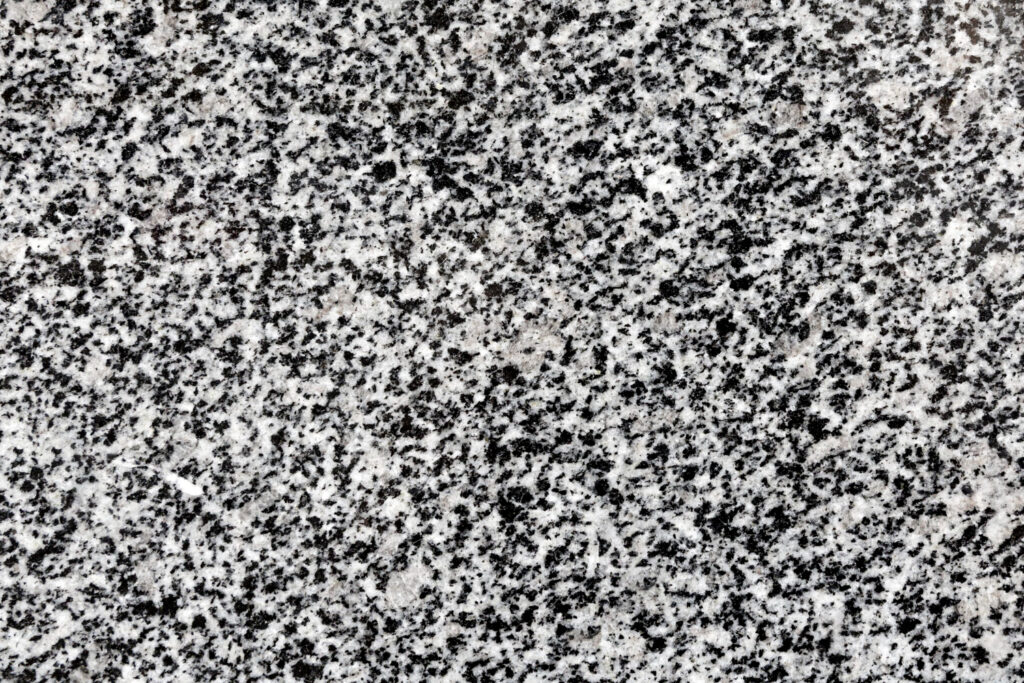When people look for a natural material that blends beauty with function, pulverized granite often comes up as a top choice. Pulverized granite is made by crushing large pieces of granite stone into very fine particles. Unlike larger gravel or rocks, it creates a softer, almost sand-like texture while still holding the natural strength of stone. Because of its fine grain and earthy appearance, it has become a favorite in landscaping and construction.
What makes pulverized granite stand out is its balance between practicality and design. It provides a stable surface for pathways and driveways while adding an organic look that works well with gardens, parks, and residential landscapes. Over the past decade, demand for natural, eco-friendly materials has grown, and pulverized granite has earned its place as one of the most versatile options for outdoor projects.
Characteristics of Pulverized Granite
Pulverized granite has a unique set of characteristics that make it attractive for different applications. The first thing people notice is its texture. Unlike gravel, which can feel sharp or uneven underfoot, pulverized granite has a smoother, compactable surface. This makes it more comfortable for walking paths and recreational areas.
In terms of color, pulverized granite usually ranges from light tan to deep reddish-brown, depending on the source of the granite. These natural shades blend seamlessly into outdoor spaces, providing a rustic yet polished finish.
Durability is another defining feature. Granite is known for being one of the hardest natural stones, and even when crushed into smaller particles, it retains its strength. Pulverized granite holds up well under different weather conditions, resisting erosion and fading. Its ability to compact tightly also makes it less likely to wash away compared to looser materials like sand.
Common Uses of Pulverized Granite
Pulverized granite has found its way into a wide variety of outdoor projects. One of the most common uses is in landscaping and garden pathways. Its fine grain makes it ideal for walking trails where homeowners or visitors want a firm yet natural-looking surface.
Driveways are another popular application. Unlike asphalt or concrete, pulverized granite provides a permeable surface that allows water to filter through. This reduces runoff and can be especially valuable in areas prone to heavy rainfall. At the same time, it creates a durable surface capable of withstanding the weight of vehicles.
Decorative uses are just as important. Many designers use pulverized granite around homes, patios, and public parks to add texture and warmth. It can be spread between stepping stones, used as ground cover around trees, or incorporated into larger landscaping designs where a balance of structure and nature is desired.
Benefits of Choosing Pulverized Granite
There are many reasons why homeowners, landscapers, and builders are turning to pulverized granite. One of the most significant is its aesthetic appeal. Its earthy tones and fine texture give outdoor spaces a natural, elegant look without appearing artificial or overly polished.
Pulverized granite is also an eco-friendly choice. Because it is a natural stone product, it doesn’t require energy-heavy manufacturing processes like concrete or asphalt. Its permeability helps reduce stormwater runoff, making it a sustainable option for environmentally conscious projects.
Cost is another factor. While it may not always be the cheapest material upfront, pulverized granite often proves cost-effective in the long run. Its durability means less frequent replacement, and its low maintenance requirements save both time and money. Compared to decorative pavers or other high-cost landscaping materials, it offers a strong balance between price and quality.
Installation and Maintenance
Installing pulverized granite is relatively straightforward, though proper preparation is essential. Typically, the area where it will be laid needs to be cleared of debris and leveled. A base layer of compacted material, often gravel, is placed first to provide stability. The pulverized granite is then spread on top and compacted using a roller or tamper. This process creates a solid, level surface while maintaining some permeability.
Maintenance is minimal compared to other materials. Over time, areas of high use may develop slight dips or uneven spots. These can be corrected by adding a fresh layer of pulverized granite and re-compacting it. Regular raking may also help keep the surface even. Because it does not crack like concrete, long-term upkeep is usually easier and less costly.
Pulverized Granite vs. Other Materials
When compared to gravel or crushed stone, pulverized granite offers a different set of advantages. Gravel can feel loose and unstable underfoot, while pulverized granite compacts into a firmer surface. Crushed stone is often sharper and less comfortable for walking, making it less suitable for pathways.
The choice between pulverized granite and alternatives depends on the project. For decorative landscaping or areas where appearance matters, pulverized granite typically wins out. For heavy-duty construction or projects requiring large structural support, other aggregates may be more suitable. The key is understanding the intended use and selecting the material that offers the right mix of strength, cost, and aesthetic.
Potential Considerations
While pulverized granite has many strengths, there are a few considerations to keep in mind. Drainage is one factor. Although it is permeable, areas with poor underlying soil conditions may still require proper drainage planning to prevent water buildup.
Compaction is another important point. If pulverized granite is not installed correctly, it can shift or become uneven over time. Hiring professionals or following detailed installation guidelines can help avoid these issues.
Climate also plays a role. In regions with extreme weather, such as heavy freeze-thaw cycles, pulverized granite may require more frequent maintenance to keep surfaces smooth and level. Understanding these limitations ensures better long-term results.
Conclusion
Pulverized granite offers a unique balance of natural beauty, practicality, and sustainability. From pathways and driveways to decorative landscaping, it provides an affordable and eco-friendly way to enhance outdoor spaces. Its durability, low maintenance, and organic appearance make it a strong alternative to more traditional materials like concrete or gravel.
For homeowners and landscapers looking to create spaces that feel both functional and harmonious with nature, pulverized granite is a solution worth considering. With proper installation and care, it can serve as a lasting foundation for sustainable outdoor design.




